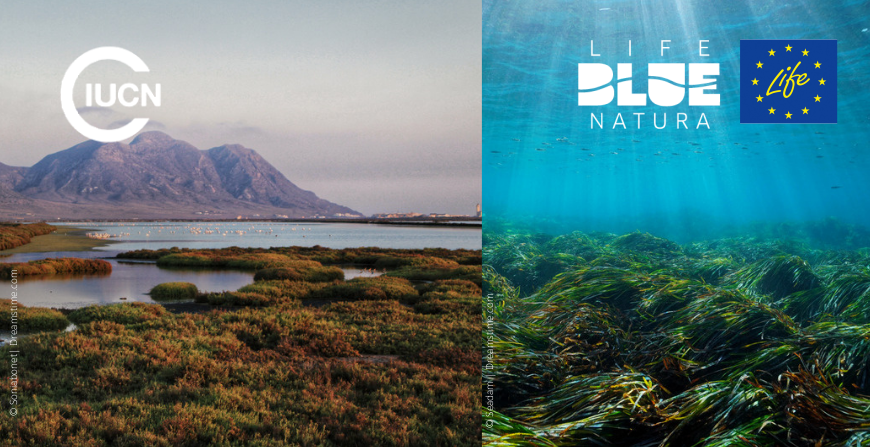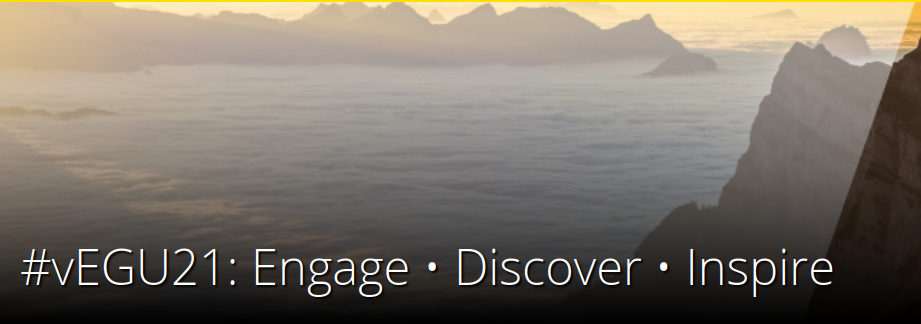
SeaForest LIFE presented at EGU 2021
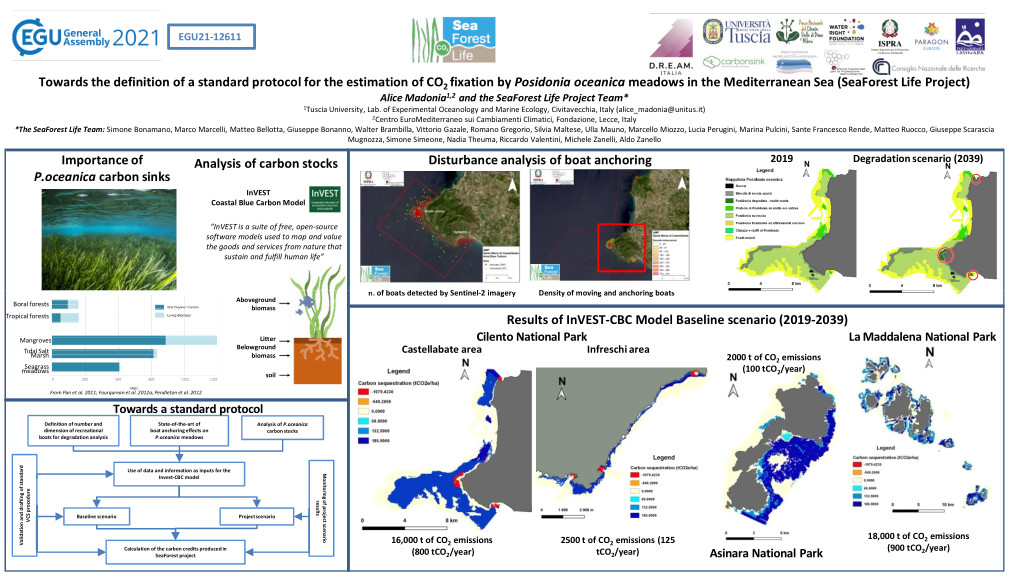
During the European Geosciences Union General Assembly 2021, the largest and most important European geosciences event, held online between 19-30 April 2021, the SeaForest team presented the work "Towards the definition of a standard protocol for the estimation of CO2 fixation by Posidonia oceanica meadows in the Mediterranean Sea (SeaForest Life Project)", within the session dedicated to the "Effects of anthropogenic pressures on marine ecosystems". During the conference, Life SeaForest project was illustrated, with a particular focus on the results of the analysis of the effects caused by boat anchoring on P.oceanica carbon fuxes in the Cilento, Asinara and La Maddalena National Parks.
EGU is the leading organization for scientific research in Europe, counting more than 20,000 members from scientific institutions around the world, thus allowing the dissemination and sharing of the results obtained by the scientific community in all geosciences fields.
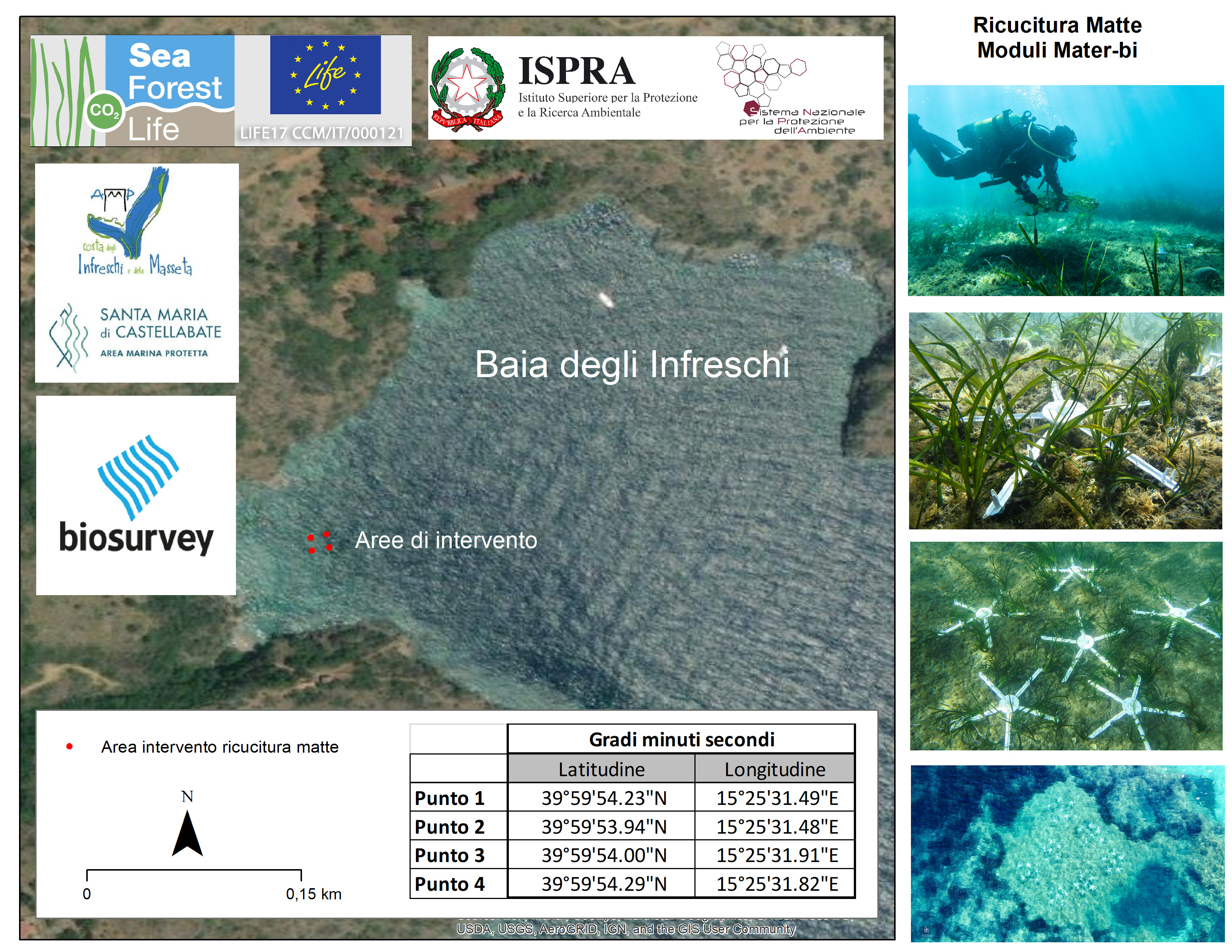
Intervention of mending the matte inside the Marine Protected Area Costa degli Infreschi and Massetta
Pilot intervention to re-stitch the matte has been set up within the Costa degli Infreschi and Massetta Marine Protected Area, through the use of star-shaped modules, made of Mater-Bi, patented by Biosurvey a University of Palermo Spin-off.

The mending operation was carried out inside the Infreschi Bay, in the Cilento, Vallo di Diano and Alburni National Park, on a surface of matte "probably generated" following the anchoring of pleasure boats over time. In total 42 Mater-bi modules were used, in order to generate 7 growth nuclei, each growth nucleus is made up of 6 cuttings anchoring modules (5 + 1 central). The activity was carried out by recovering detached and stranded cuttings from the Spin-off Biosurvey, coordinated by ISPRA, the beneficiary partner of the project.
The intervention site is located at a low depth, therefore visible from the surface, and will be used by the Marine Protected Area for awareness-raising visits, for Citizen Science activities and for the home of seedlings, if there will be a way to find them during the course of the LIFE project.
CLICK HERE to see the 3D model of the intervention area.

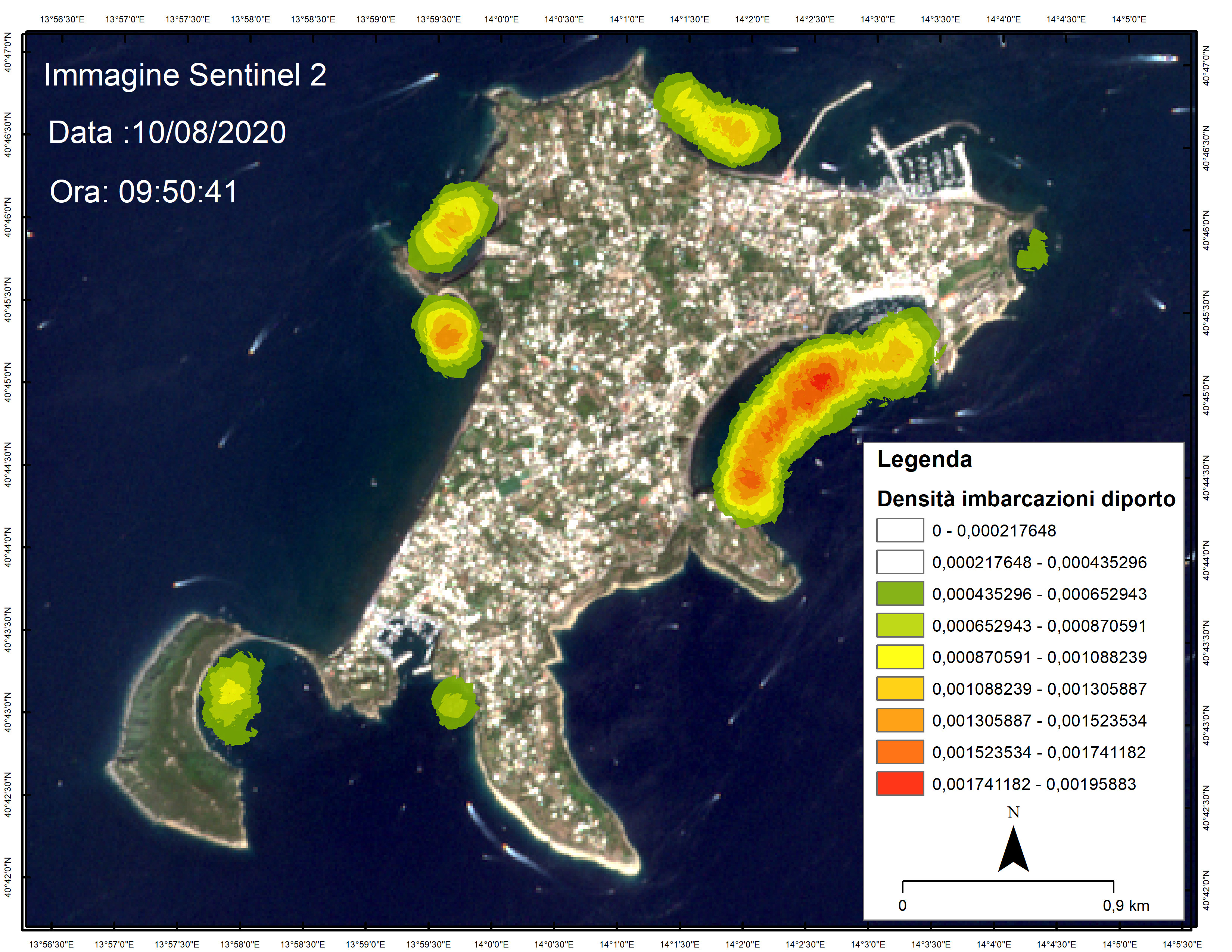
SeaForest LIFE at the Nautical Institute of Procida
Last week an on-line seminar was held with the Nautical Institute of Procida regarding the protection of Posidonia oceanica and the impacts generated by recreational boating, an activity carried out within the Senate and Environment Call. In this regard, ISPRA beneficiary of our project, supported the classes in an analysis using satellite images of the flow of pleasure boating around the island in order to verify the possible impacts on the Posidona meadaows and on hydrocarbon pollution. The seminar naturally talked about the SeaForest LIFE project, the protection of P. oceanica and the new innovative monitoring systems. Specifically, the monitoring and census procedures of the boats developed within our project have been adopted.
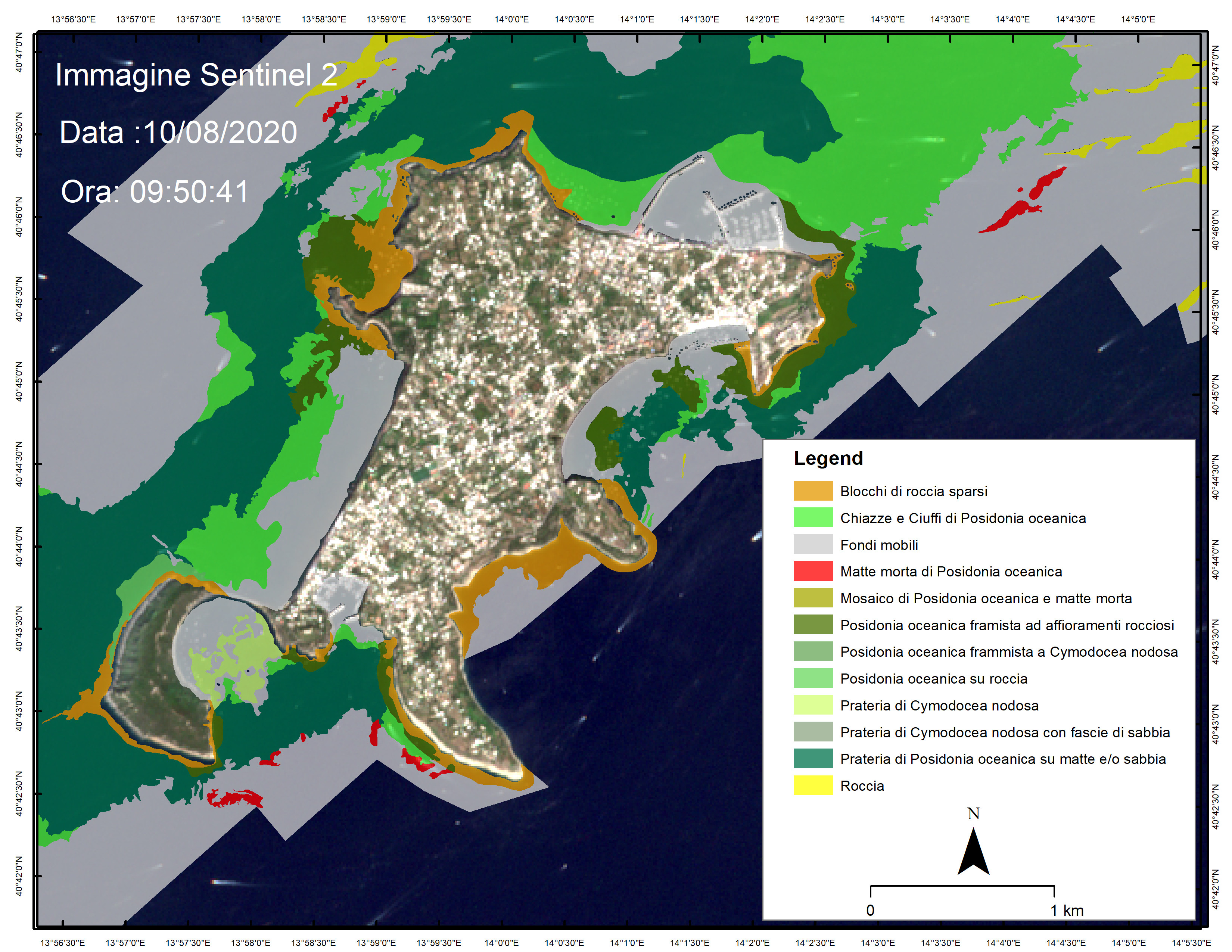

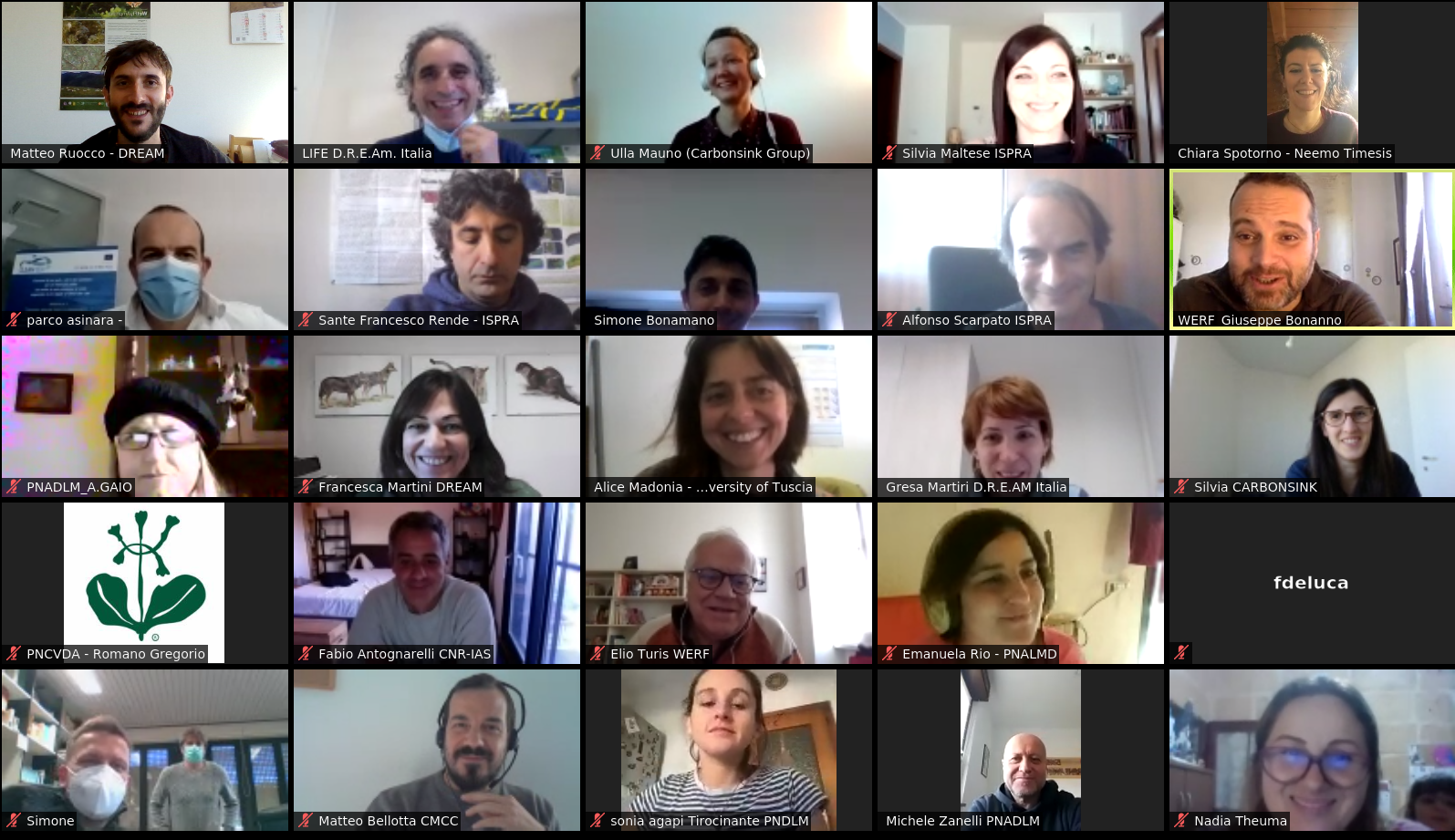
Monitoring visit 2020
The monitoring visit 2020 to our project was held on Monday 14th December.
An important moment of evaluation and comparison with the monitor of the NEEMO - THIMESIS team.
Unfortunately, for this year we have to settle for videoconferencing, hoping to be able to see us in person soon!

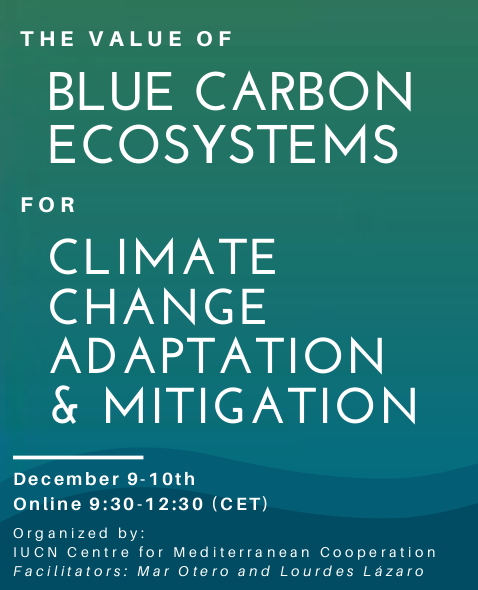
The value of Blue Carbon ecosystems for climate change adaptation and mitigation
This is the title of the webinar organized by the IUCN Center for Mediterranean Cooperation to which we presented our project.
This seminar is one of the actions within the LIFE Blue Natura, a European project to know and quantify the blue carbon sinks of marine meadows and coastal wetlands in Andalusia and evaluate their environmental services using the tools and policies related to climate change.
This webinar presented experts and practitioners' on:
- Knowledge about the value of coastal wetlands and seagrasses for adaptation and mitigation climate change;
- Experiences and initiatives of restoration and conservations initiatives on coastal wetland and seagrass across EU and the Mediterranean.
Download HERE the complete program of the event and HERE the slides presented on our project.
